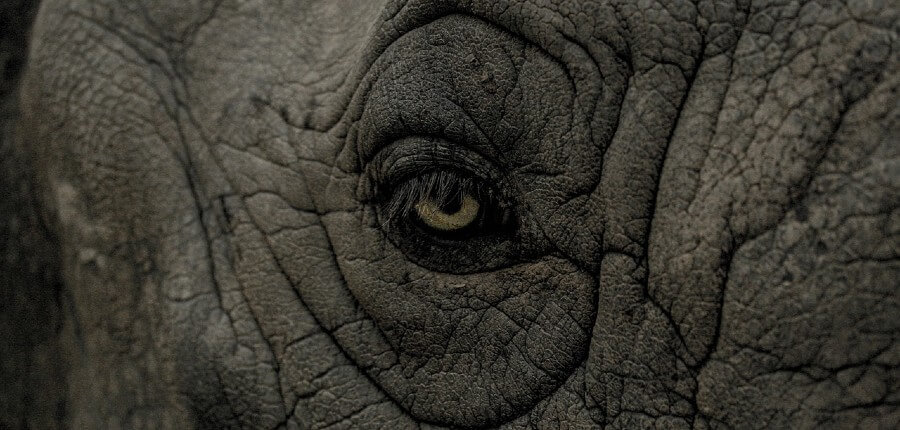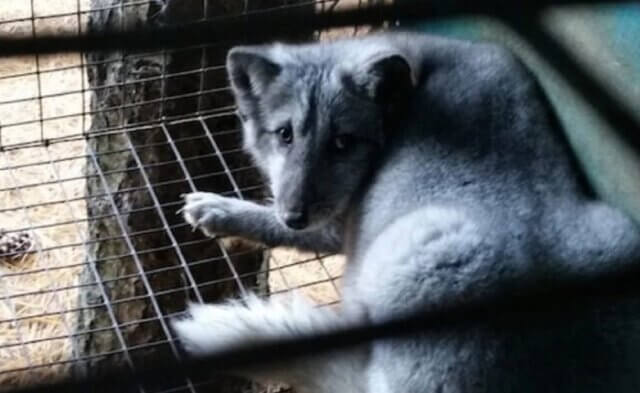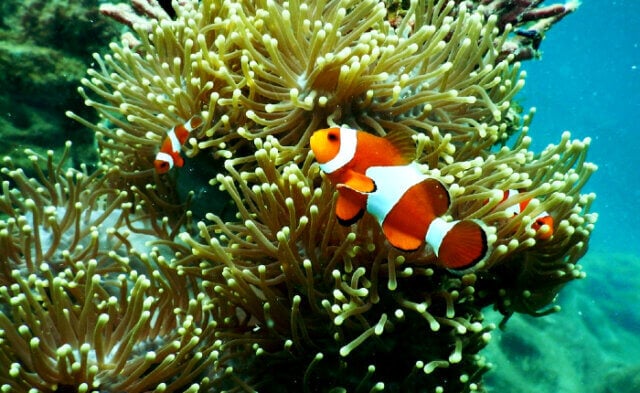Aaron Raby is speaking to media outlets, apparently asking for sympathy for the backlash he’s receiving after yet another of his trophy hunts. It’s always interesting to see how quickly those who kill animals to try to show how powerful they are begin sniveling when they’re the ones in the crosshairs.
PETA released a video showing the Los Angeles County resident taking several minutes to kill a young elephant in South Africa, who rumbled in distress as multiple shots riddled his body. The elephant had wandered just outside Kruger National Park, where hunting is prohibited. Since the camera was turned off after two minutes, before the elephant’s death, we don’t know how long he suffered.
What we do know is that Raby posed, grinning, for pictures over the elephant’s dead body, cut off his tail, ate a chunk of his flesh and sent other parts to be made into wall ornaments, presumably to hang alongside trophies of his kills of a leopard, lion, rhinoceros and Cape buffalo.
On cue, trophy hunters are feverishly trying to convince people that these animals’ deaths—and thus their suffering—are justified. Their arguments run the gamut from the unsubstantiated to the absurd.
They argue that without trophy hunters, “game ranches,” as they call them, would be converted and used to raise animals for meat, so wildlife would still be killed—as if those are the only two options. What about wildlife tourism?
According to an in-depth study by the independent group Economists at Large, “Nature based tourism does play a significant role in national development, but trophy hunting is insignificant. Across the investigated countries, trophy hunting revenue was only 1.8% of tourism revenues.” The research also revealed that very little of the money spent by trophy hunters—$30,000 in Raby’s case—ever makes it to the local economy. Most of it stays with well-moneyed hunting outfits (many of which are based outside Africa) or lands in the pockets of corrupt lawmakers.
So if helping local communities is the goal, iconic animals are worth much more alive than dead.
Trophy hunters love to try to distance themselves from poachers, but there’s only a fine line between them. Violating hunting permits (as Raby may have done by making this elephant suffer), killing protected animals (as Walter Palmer did), and killing without a permit (as Donald Trump Jr. did) are all forms of poaching. And of course, to the animals and their families, it makes no difference who profits by taking their lives.
Hunters can shout “Conservation!” from dawn until dusk, but there’s no evidence to support their claims that you can somehow save threatened species by killing more of them. Animals’ numbers are already being decimated by climate change and habitat loss—the last thing they need is to be hunted. In 1930, between 5 and 10 million elephants roamed the African savannahs. Now, there are only about 415,000. Only about 23,000 lions, 6,700 cheetahs and 5,000 black rhinos remain in the African wilderness. Extinction is their probable fate.
An end to trophy hunting is inevitable, whether because of a global outcry and resulting trophy import bans, such as California’s Senate Bill 1175 and the proposed federal “CECIL Act,” or because the species have died out.
But if what Raby says is true—that it isn’t about the kill, that it’s about being outdoors immersed in nature and having an adventure—then he should have no problem swapping his rifle for a camera.





